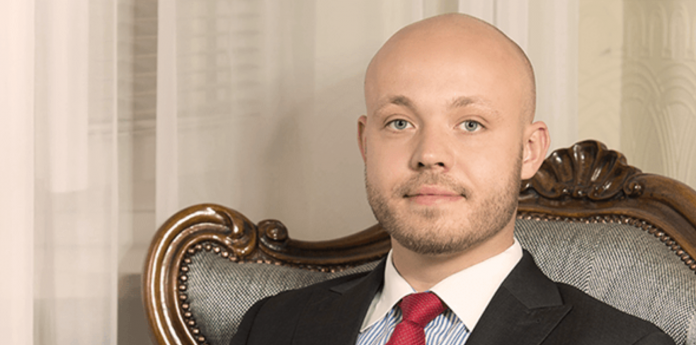B-Act Vintage Consulting’s chief executive talks about turning COP26 commitments into outcomes through improved procurement, communications and use of best practice.
Few industries will be able to turn the commitments made at COP26 into action quite like the infrastructure sector. We’ve spoken with Adam Bialachowski (AB), chief executive of Poland’s B-ACT Vintage Consulting, about how it can be done.
IG: The UN has asked countries to come forward with ambitious 2030 emissions reductions targets that align with reaching net zero by the middle of the century. What would you most like to see done to ensure industry can turn those targets into outcomes?
AB: “First, governments should focus on public procurement changes within construction and consulting services. Those changes should increase the competitive advantage of companies that are implementing and have implemented emission reduction efforts.”
“Second, governments should be implementing or increasing tax benefits for companies investing internally in emission reductions to incentivise all sectors to take action.”
“There needs to be a strong focus on sustainable projects in their loan agreements and investments in poorer communities” Adam Bialachowski.
IG: The UN has warned that our climate is already changing and will continue to change even as we reduce emissions, with devastating effects. What needs to be done to better ensure adaptation and resilience is achieved – especially for some of the poorest communities most effected?
AB: “We need to see action from the World Bank, European Development Bank and other multilateral development banks, as well as from public financiers of infrastructure projects.”
“There needs to be a strong focus on sustainable projects in their loan agreements and investments in poorer communities and this has to be part of a package along with financing the basic infrastructure that these areas need.”
IG: The UN has emphasised that to deliver on the first two goals, developed countries must make good on their promise to mobilise at least $100bn in climate finance per year. How can our industry help to ensure international financial institutions and governments feel confident that this money will secure the most effective outcomes?
AB: “The consulting engineering industry has long been overlooked on this issue as we provide the effective solutions across projects financed by international institutions and governments.”
“If one considers how many projects have been a success thanks to the engagement of engineering consultants and engineering consulting companies, one would easily come to the conclusion it is our industry that has been spearheading the correct and effective implementation with that money.”
IG: The UN has stressed that we can only rise to the challenges of the climate crisis by working together. What can be done to better demonstrate that a culture of collaboration is productive for governments, clients, contractors and supply chains?
AB: “We are in a position to showcase proven success through case studies of projects delivered with great collaboration. There are plenty of engineering projects that are completed and up and running that can serve as a testament to a culture of collaboration that proves productive for every party involved.”
“One would do well to start that process by looking at the yearly project awards issued by FIDIC at their annual global conference”.
IG: As an industry, we need to offer tangible solutions and point the way to achieving better outcomes. What can industry do to help empower younger generations and the public as a whole, to understand and inform the actions that the world needs to take?
AB: “If we want to engage young people in infrastructure change, we should change our marketing and communications channels from traditional TV, newspapers, brochures, bulletins, emails or even websites. Instead, we should be using Instagram, Facebook and even Tik Tok because we need to adjust our communication for the audience and the generation we are trying to reach.”


















